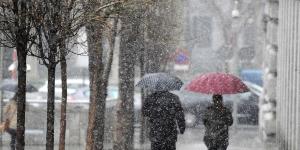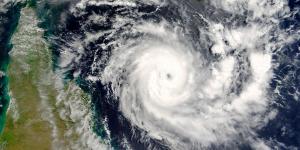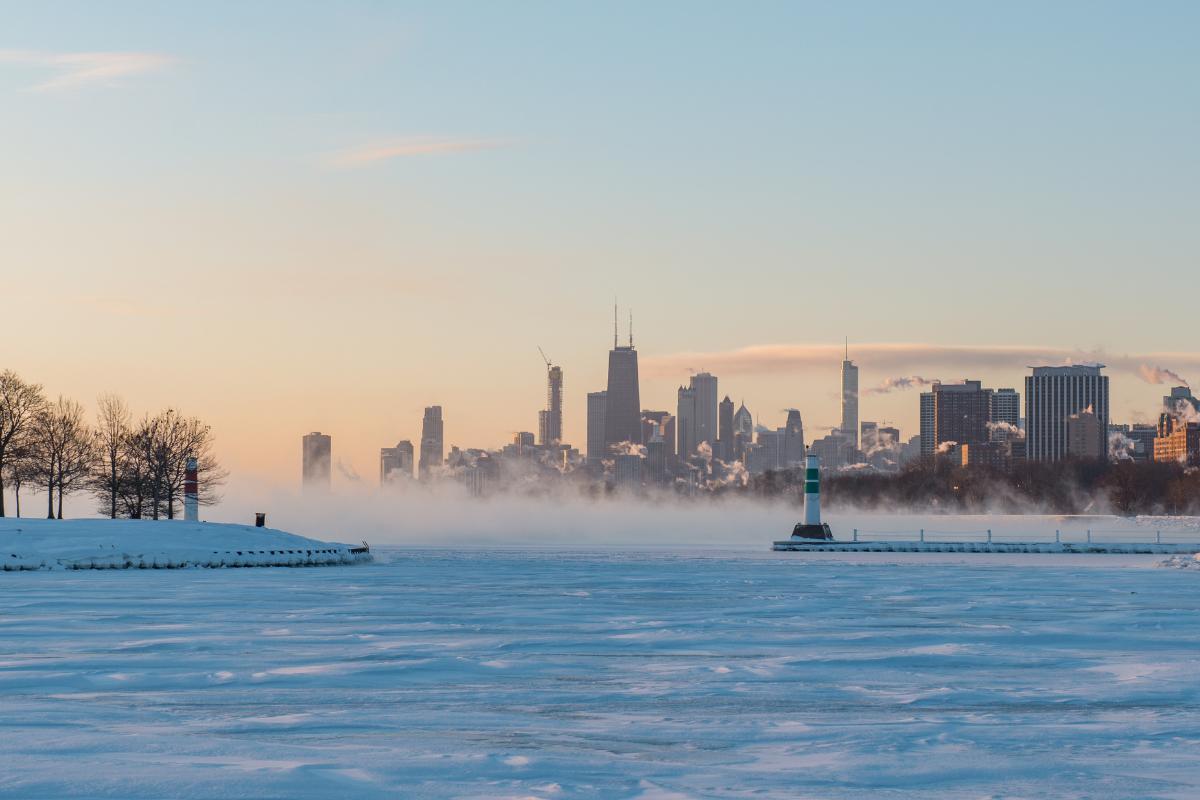What Is a Polar Vortex and Is It Dangerous?


A polar vortex is a weather phenomenon that is very important in terms of climate regulation in the polar regions of Earth. This phenomenon is characterized by a mass of cold, dense air that circulates in a vortex. This vortex is counterclockwise in the northern hemisphere and clockwise in the southern hemisphere. It is closely linked to notable climatic phenomena, such as the ozone hole in the atmosphere above the Antarctic region. There are two main types of polar vortex, the stratospheric polar vortex and the tropospheric polar vortex.
In this thedailyECO article, we ask what is a polar vortex and how is it formed? We also look at the effects of polar vortexes on climate and whether it is dangerous for human settlements.
What is a polar vortex?
A polar vortex is a meteorological phenomenon that manifests itself in the polar regions of the Earth, both at the North Pole and the South Pole. It is an area of low atmospheric pressure located at high altitudes. Winds circulate counterclockwise in the northern hemisphere and clockwise in the southern hemisphere.
This low pressure system is formed by a cold, dense air mass that is surrounded by warmer, lighter air currents. The interaction between these air masses creates a circular flow, giving rise to the characteristic vortex pattern. It is important to note that the polar vortex is not a static phenomenon, but rather varies in intensity and position over time.
During the winter, the polar vortex strengthens, consolidating its presence over the polar regions as it does so. This strengthening is due to the temperature difference between the cold air of the Arctic or Antarctic regions. It is also possible for the polar vortex to weaken or experience ‘splits’. These occur when some of the cold air mass of a polar vortex moves toward lower latitudes.
When this happens, it can have significant consequences on the weather patterns of the affected regions. For example, weakness of the polar vortex may be associated with extreme cold weather events in typically milder locations. These phenomena are often the subject of media attention due to their impact on daily life and the infrastructure of human settlements.
There are two types of polar vortex:
- Stratospheric polar vortex: found at higher altitudes, specifically in the stratosphere. This atmospheric component is known for its presence over the poles during winter. It is formed by a mass of cold, dense air that rotates counterclockwise in the northern hemisphere and clockwise in the southern hemisphere. Its strength is closely associated with the stability of the stratosphere and has significant influences on atmospheric circulation. Learn about another part of the Earth's atmosphere with what is the mesosphere?
- Tropospheric polar vortex: operates in a lower atmospheric layer, known as the troposphere. This vortex is more dynamic and is related to the circulation of air masses characteristic of these lower layers of the atmosphere. Their behavior is directly linked to ground-level weather systems and can affect weather conditions in inhabited regions.
Due to the effect of polar vortexes on atmospheric circulation and climactic events, they can be dangerous to weather systems. Especially with tropospheric vortexes, we can find cold outbreaks and other problems. However, it is important to know these are not directly caused by the vortex, but are influenced by changing pressure systems.

What is the relationship between a polar vortex and the ozone layer?
Although the polar vortex and the ozone layer are two distinct atmospheric phenomena, there is an important connection between them. This is particularly the case in the South Pole region. In Antarctica, a phenomenon known as the ozone hole is observed, something which is related to the specific climatic conditions of the polar vortex in that area.
During the Antarctic winter, the polar vortex strengthens. In doing so, it creates an isolated, cold environment in which polar stratospheric clouds form. These clouds contain ice particles that act as surfaces on which chemical reactions occur. These reactions are key to the release of chemical compounds such as chlorofluorocarbons (CFCs) which are released by human activities.
As spring arrives in the Southern Hemisphere, sunlight returns to the Antarctic region, triggering photochemical processes in polar stratospheric clouds. These processes release chlorine and bromine atoms from the chemical compounds mentioned above. These atoms are highly reactive and participate in reactions that destroy ozone molecules in the stratosphere via a process known as ozone depletion.
The resulting depletion in ozone concentration in the stratosphere creates what is known as the hole in the ozone layer. This hole allows significant amounts of ultraviolet radiation to reach the Earth's surface, posing risks to human health, marine life and vegetation. This is one of the greatest indirect dangers of a polar vortex.
Discover more about the origins of UV rays with our guide to the different layers than make up the Sun.

What is a polar vortex split?
Polar vortex splitting or disruption is a meteorological phenomenon that occurs when the polar vortex circulation experiences changes that allow part of its cold air mass to move toward lower latitudes. These are further from the polar regions where they are normally confined. These splits may have significant impacts on weather patterns in the affected regions.
When the polar vortex weakens or splits, unusual weather conditions can occur in places that do not normally experience such low temperatures. For example, some regions located further south may suddenly experience extreme cold snaps, heavy snowfall or other adverse weather conditions. These events often capture public attention and are associated with extreme weather events.
Polar vortex disruption can be influenced by several factors, including large-scale atmospheric waves, changes in atmospheric circulation and high-altitude weather patterns. Complex interactions between these factors can temporarily weaken the structure of the polar vortex and allow cold air intrusions to occur in areas outside the polar regions.
The breakup of the polar vortex does not imply the complete disappearance of this system, but rather changes in its configuration and strength. These changes can have direct consequences on the distribution of temperature and climatic conditions in different parts of the world.
Now that you know what the polar vortex is, you may also be interested in reading this post about what drives deep sea ocean currents.
If you want to read similar articles to What Is a Polar Vortex and Is It Dangerous?, we recommend you visit our Meteorological phenomena category.







